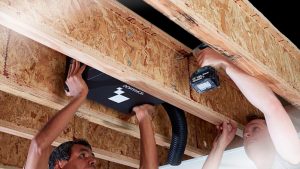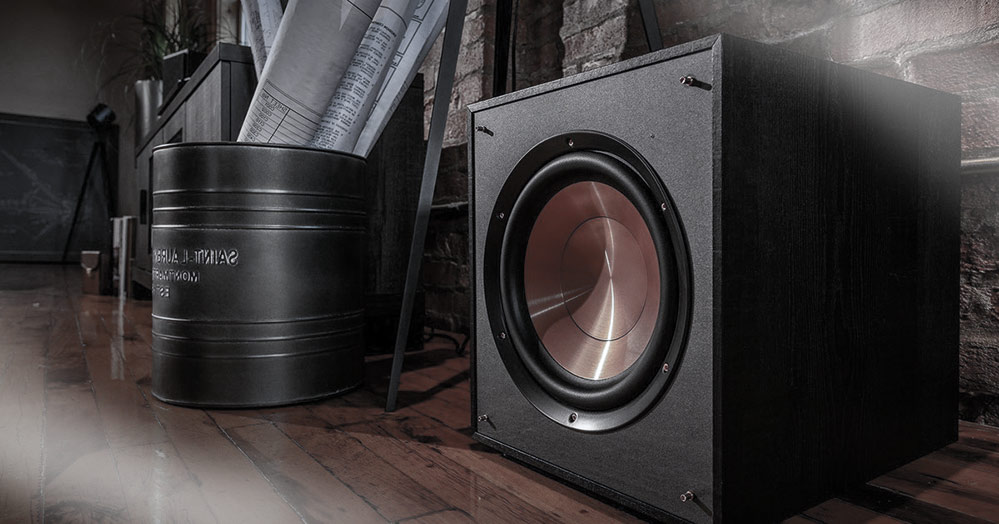The term “Subwoofer” is used to describe a system with a low-frequency head in a separate enclosure.
Active and Passive Subwoofer
The debate as to which subwoofer is better does not die down. Some say that when properly tuned, a passive subwoofer is capable of reproducing much better sound than its active counterpart. Others give preference to active subwoofers due to the fact that their design already has an amplifier, that is, no additional devices need to be purchased. The difference between active and passive subwoofers is the presence or absence of an amplifier in the cabinet. Besides, surround sound need a subwoofer.
The passive sub:
- differs in the simplicity of design;
- in the case comes the speaker and the low-frequency head, there can be several, to connect an external amplifier;
- requires painstaking tuning to get a quality sound.
Active sub:
- features a speaker, amplifier, and crossover filter;
- has a function to control the signal level and frequencies;
- this subwoofer is easier to install and easier to set up.
Why Is A Subwoofer A Must?
So about a quarter of a century ago, the classic standard was formed – a stereo pair, when a set of speakers includes two speakers with phase-inverters. This standard is still popular today, but since the early to mid-noughties other 2.1 (stereo + subwoofer), 5.1 (Quadro + center + subwoofer), 7.1, 9.1, etc. are beginning to gain popularity, where the first number is the number of channels, and the second indicates the presence of a subwoofer (or several).

Therefore, even in the case of soundproofing in the ceiling, if you lower it a little more, it is possible to install ceiling acoustics and lights. As an option, you can make a multilevel ceiling (on the placement of lighting in the multilevel ceiling read here). It is important to remember that a shallower speaker depth means a compromise with sound quality. An 80mm deep speaker will always sound better than a similar 30mm deep speaker. Larger ceiling speakers for surround sound will always give better bass.
In-ceiling subwoofers also exist. They give you variability in your choice of in-ceiling speaker components. For example, you can install several small treble and midrange speakers and a subwoofer. Yes, the dimensions of a subwoofer are significant, but for quality sound, especially in a room with a home theater, their installation is highly desirable. You will not regret it!
Bottom Line
Subwoofers are designed for low-frequency audio signal emissions including their structural design, included components, and available input or output ports. Subs cannot be used as speakers because they do not have the capacity to stream high-frequency audio signals required by other speakers.




Leave a Reply